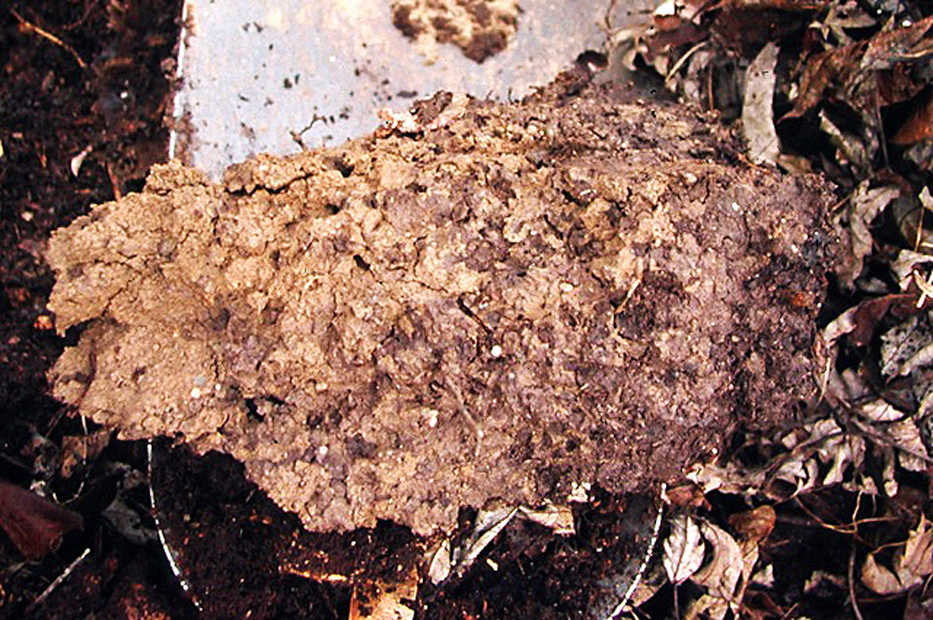Good gardens start from the ground up, but to be a good soil steward you have to understand some basic terminology.
A few important terms associated with soil:
Soil TEXTURE describes nothing more than the size ranges of the mineral particles that make up a particular soil. Those size ranges are defined in three broad classes: clay (smaller than 0.002 mm), silt (0.002 mm to 0.05 mm) and sand (greater than 0.05 mm). Rare is the garden soil that is pure sand, silt or clay, so textures usually have such names as “sandy clay” or “silty clay” to indicate the mix.
Texture is important because particle sizes reflect the sizes of the pores between them, and that influences how much air and water the soil can hold. The smallest pores actually draw water in by capillary action, then hold onto it tightly. So clay soils can stay moist through long periods without rain.
Sandy soils have large pores, too large for capillary action, so gravity easily pulls excess water down beyond the root zone. Sandy soils tend to dry out quickly. On the other hand, they are well aerated because air fills those empty pores.
The ideal soil has a little of everything — sand, silt and clay — for both good aeration and good water retention. Such a soil, with roughly equal functional contributions from clay, silt and sand is, texturally, a LOAM.
You get what you’re dealt in soil texture, but fortunately texture isn’t the end-all when it comes to water and aeration. A soil’s mineral particles can clump together — or “aggregate” — into crystal-like, larger units, which give a soil STRUCTURE.
A poorly aggregated clay soil, its small pores filled with capillary water, leaves roots gasping for air. However, when a clay soil has good structure, the small particles aggregate together to make large particles with large pores between them. At the same time, water can be held in the small pores between particles within the aggregates. A well-aggregated clay soils offers roots the best of both worlds.
While it’s usually impractical to change your soil’s texture, there are ways to manage soil so that it has good structure. (Hint: Organic matter — see below — is the key.)
FRIABILITY and TILTH, while not meaning exactly the same thing, are closely related from a plant’s point of view. A FRIABLE soil crumbles when you squeeze it gently. TILTH is the physical condition of the soil as far as plants are concerned. A soil that is friable is in good tilth. Good structure puts a soil in good tilth.
A soil that is WELL-DRAINED allows water to readily percolate through it. Drainage, as you now know, is related to both texture and structure: Sandy soils generally have little structure but, with large pores, are well-drained. Clay soils, at the other extreme, are well-drained only if they have good structure, in which case they are also in good tilth. Texture, structure and tilth aside, ground where there is a high water table cannot be well-drained; there’s nowhere for water to go.
ORGANIC MATTER is the living and once-living component of the soil. The low percentage of organic matter in soils — usually only a few percent — belies its importance. Besides its positive influence on plant nutrition and health, organic matter also provides the glues that lead to aggregation, good structure and, hence, friability, good drainage and good tilth.
CULTIVATION, in gardening, has more than one meaning. One sense is to stir the soil, as with a hoe or rototiller. Such cultivation kills weed seedlings and loosens the soil surface so that water more readily percolates in. Cultivation also refers to plant care generally, in the same way you cultivate a friendship. Caring for the soil — keeping it in good tilth — is one component of plant cultivation.

